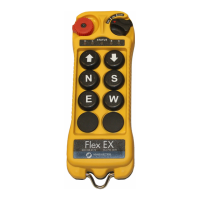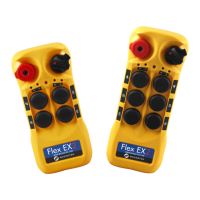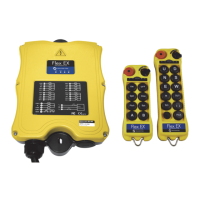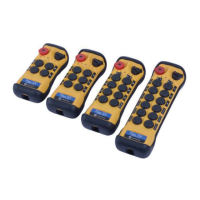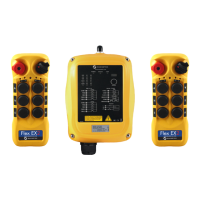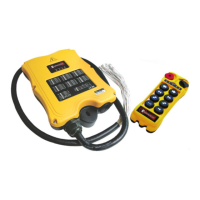What to do if my Magnetek FLEX-6EX receiver has no AC power?
- MMatthew WalkerAug 10, 2025
If your Magnetek Remote Control receiver has no AC power, consider these potential causes: * The input voltage might be incorrect, so make sure the source voltage is set correctly. * A fuse may have blown, so check for any blown fuses. * The wiring might be incorrect, so check the input voltage connection.
